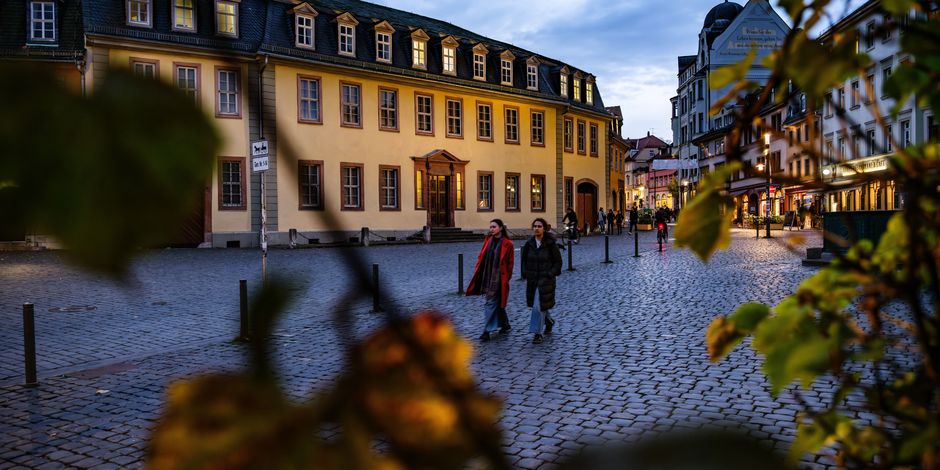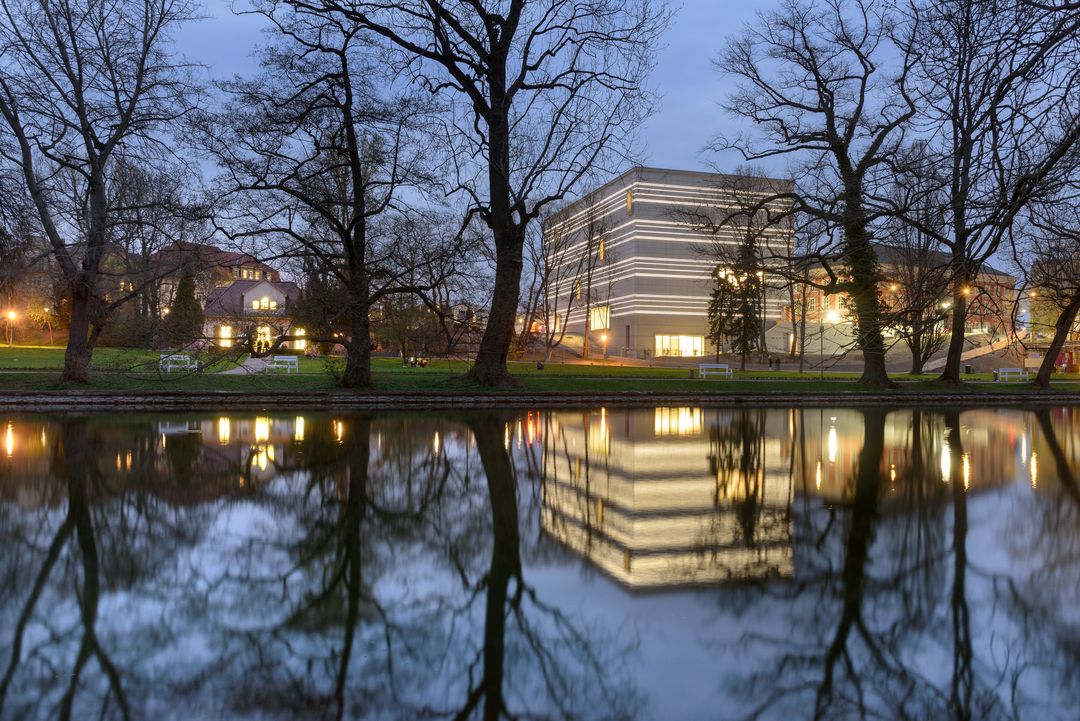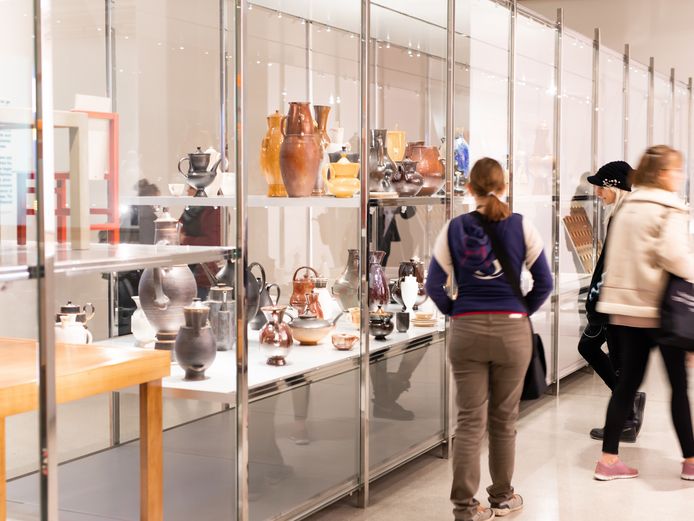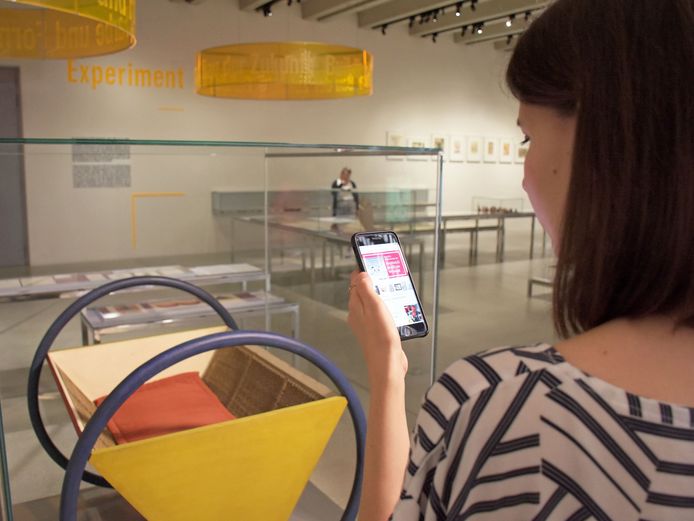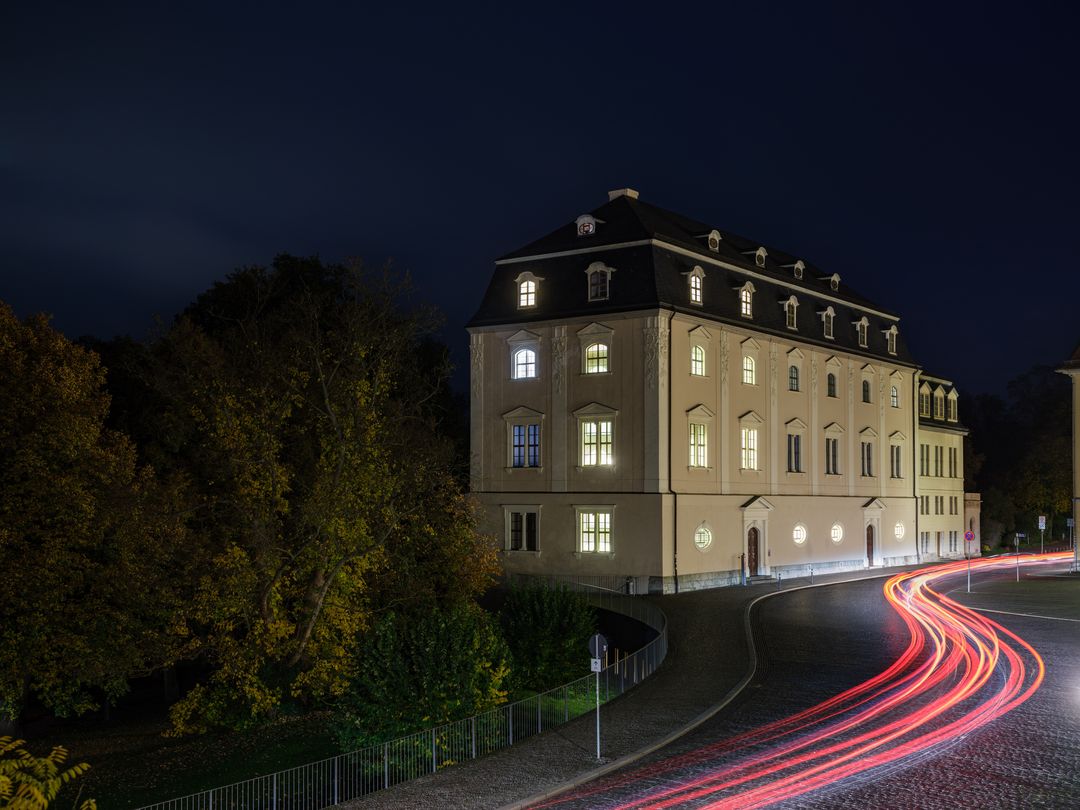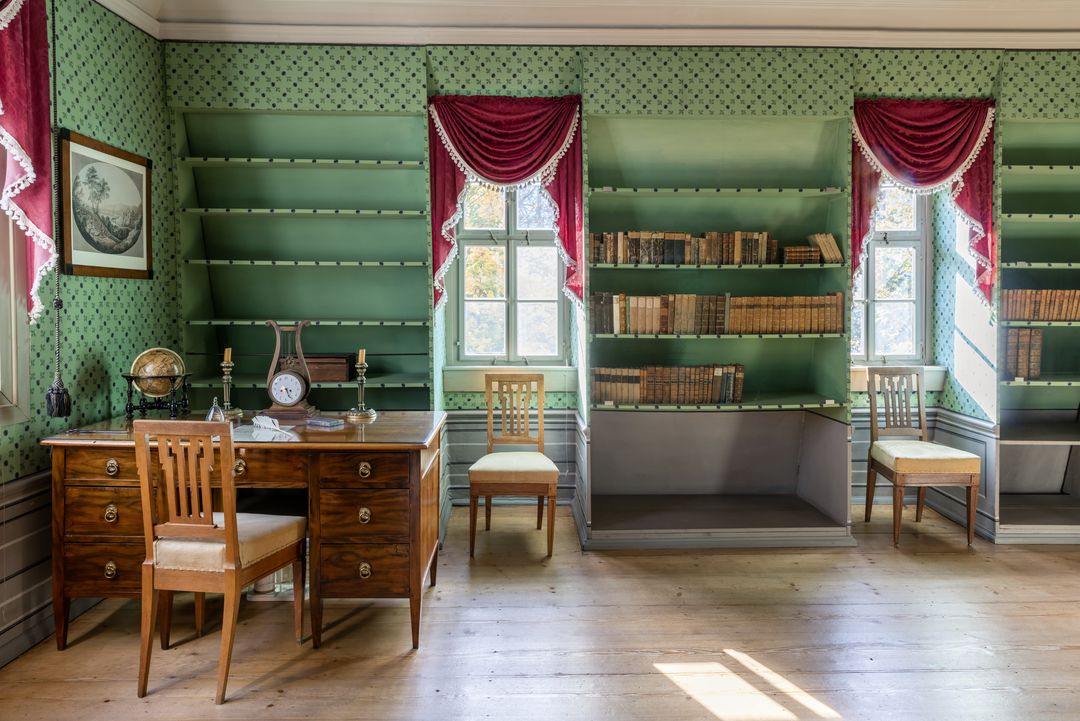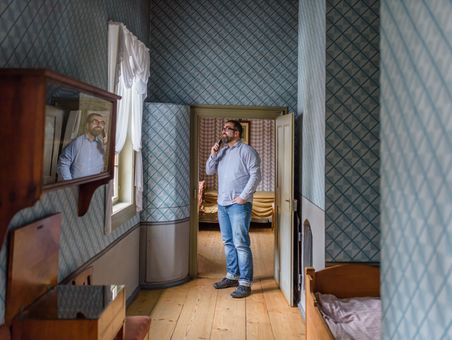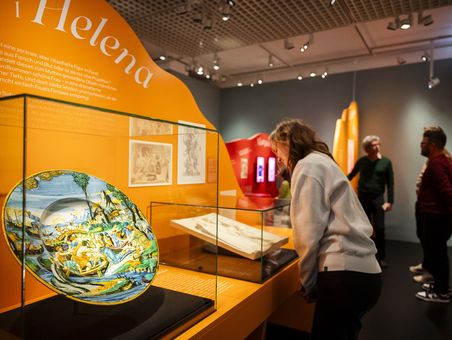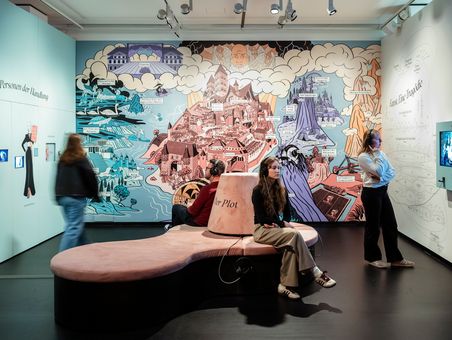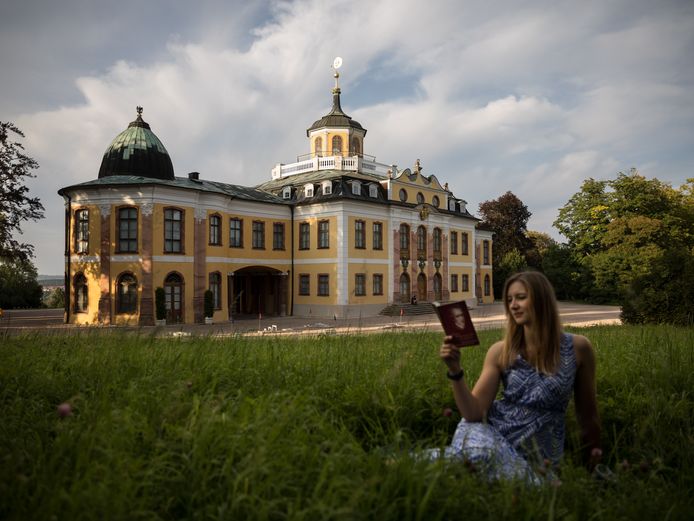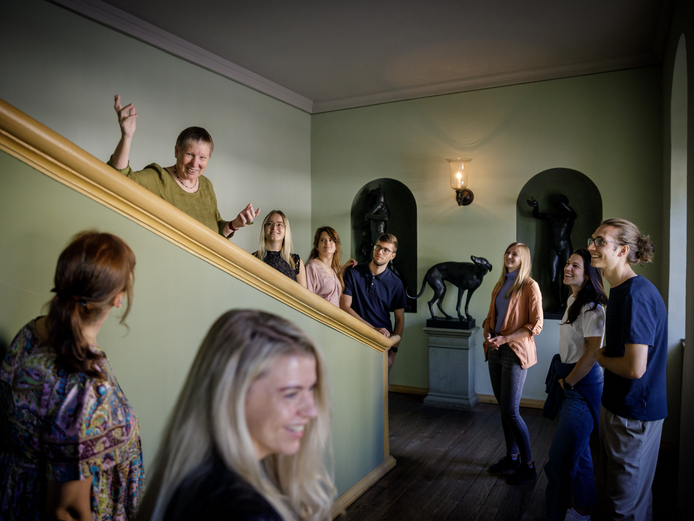The cultural city of Weimar in Thuringia has something to offer at any time of year, including in the autumn. The many green spaces in the enchanting old town and in the historic parks appear in golden-red colors and the low sun bathes the facades of the historic buildings and modern architecture in a very special light. Inside the museums and cultural venues, exhibitions, hands-on activities and events in Weimar invite you to linger. So that nothing stands in the way of your next visit to Weimar in the autumn, we have selected the five most popular sights that you should definitely not miss.
Discover the excursion tips for your next visit to Thuringia!
Tickets:
Available at the museum ticket offices, at the Weimar Tourist Information Office and in the online ticket store.
Tip:
Bauhaus fans and lovers of modernism can take advantage of the BauhausCard and ModerneCard.
Tickets:
available at the museum ticket offices, at the Weimar Tourist Information Office and in the online ticket shop
Tip:
For the first time, the Goethe apparatus offers the opportunity to touch pieces of the poet's furniture. As part of the overall exhibition, the station offers plenty of fun and variety for young and old.
Tickets:
Available at all advance booking offices in Weimar; due to the limited number of seats, we recommend booking online tickets in advance. You can also book the Anna Amalia combined ticket for a comprehensive visit experience.
Tip:
Use the Weimar+ app to virtually take one of the historical books from the shelves of the Rococo Hall and turn to selected pages. To ensure that everything works perfectly on site, you should download the app downstairs in the foyer or from home.
Autumn highlight: New exhibition on "Faust"
At the Schiller Museum Weimar, you can rediscover Goethe's "Faust" for yourself. Original manuscripts, stage sets and multimedia presentations show the genesis and history of the famous work. A must for everyone - young and old.
Tickets:
Available at the museum ticket offices, at the Weimar Tourist Information Office and in the online ticket store.
Tip:
After the tour, we recommend a visit to the Studiolo visitor workshop in Schiller's home. Here you can write like Goethe, Schiller & Co with quill and ink, create your own silhouette or carry out color experiments based on historical models. The Studiolo is open every Friday from 1pm to 4pm and is included in the admission price.
Tickets:
Available at the museum ticket offices and at the Weimar Tourist Information Office.
Tip:
With the Weimar+ app, the palace park can be explored individually at any time of year. Audio dramas and an interactive game provide an entertaining introduction to the World Heritage Site.
